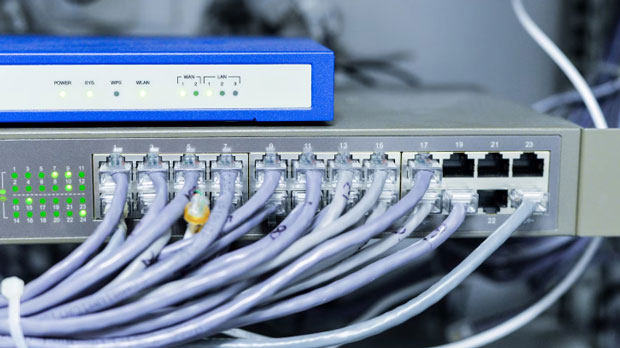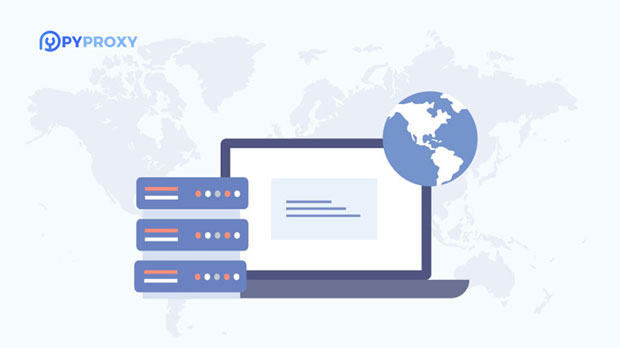When buying a SOCKS5 proxy, how do I determine if its speed meets my needs?
When considering the purchase of a socks5 proxy, one of the most important factors to evaluate is its speed. Depending on your specific use case, whether for streaming, gaming, browsing, or data scraping, the speed of the proxy will significantly impact its performance. However, it is often challenging to assess the speed before making a purchase. This article will guide you through various methods and factors to help you evaluate whether the speed of a SOCKS5 proxy meets your requirements. We will explore the aspects you need to focus on, including latency, bandwidth, and connection stability, as well as how to test and assess these parameters effectively. 1. Understand Your RequirementsBefore assessing the speed of a SOCKS5 proxy, it is crucial to clearly define your needs. The type of activities you plan to perform with the proxy will heavily influence the required speed. For example:- Web Browsing: If you only need the proxy for casual browsing, high-speed performance may not be as critical. A moderate-speed SOCKS5 proxy should suffice for simple tasks such as surfing the web or accessing geo-blocked content. - Streaming and Gaming: If you are looking for a proxy to access high-definition video streaming platforms or for online gaming, speed becomes a much more important factor. A fast proxy with low latency is necessary to ensure smooth, uninterrupted service without buffering or lag.- Data Scraping: For data scraping, speed is also crucial. However, in this case, stability and consistency are as important as raw speed to ensure that your scraping operations do not get interrupted.By understanding your specific requirements, you can set an appropriate speed benchmark to measure potential socks5 proxies.2. Key Speed Factors to EvaluateWhen testing a SOCKS5 proxy’s speed, there are several factors to consider. These key components will determine how well the proxy will perform under different scenarios.2.1 LatencyLatency is the time it takes for data to travel from your device to the proxy server and back. It is usually measured in milliseconds (ms). Low latency is crucial for tasks such as gaming, VoIP calls, and live streaming, where even a small delay can result in poor user experience. In contrast, higher latency may not have a noticeable impact on simple browsing or occasional downloading.To measure latency, you can use tools such as ping tests, which send a small data packet to the proxy server and measure how long it takes for the response to return. A latency under 100ms is considered excellent, while latency above 200ms may cause noticeable delays during online activities.2.2 BandwidthBandwidth refers to the amount of data that can be transmitted over the proxy connection within a given time period. It is usually measured in megabits per second (Mbps). Higher bandwidth is necessary for tasks such as streaming HD videos, large file downloads, or data scraping. Low bandwidth can result in buffering, slow downloads, and overall sluggish performance.To test the bandwidth of a SOCKS5 proxy, you can use online speed test tools. Make sure to test the proxy during different times of the day to get an accurate understanding of its average performance.2.3 Connection StabilityConnection stability refers to how reliably the proxy maintains its connection over time. An unstable proxy might drop connections frequently, leading to interruptions in services like browsing, streaming, or gaming. This can significantly degrade the user experience, especially for tasks requiring continuous, uninterrupted service.To test stability, observe the proxy’s performance over an extended period. You can run a continuous ping test or use a dedicated tool that measures connection drops, packet loss, and jitter. A stable proxy will show consistent performance with minimal fluctuations.3. Testing the SOCKS5 ProxyThe best way to assess a SOCKS5 proxy’s speed is through hands-on testing. Many providers offer free trials or money-back guarantees, allowing you to test the proxy before committing to a long-term purchase.3.1 Speed Test ToolsThere are numerous online tools available to help you test the speed of a SOCKS5 proxy. Common speed test platforms include Speedtest by Ookla, Fast.com, and others. These tools provide a detailed report of the proxy’s download speed, upload speed, and ping.To test your SOCKS5 proxy using these tools, ensure that the proxy is correctly configured in your system’s network settings. Running a test before and after connecting through the proxy will give you a good sense of the proxy’s impact on your overall connection speed.3.2 Real-World TestingWhile speed tests are a great way to measure proxy performance, real-world testing is also essential. For example, if you plan to use the proxy for streaming, access a video platform, and play content at different quality levels. Observe any buffering, stuttering, or quality degradation. Similarly, if you plan to use the proxy for online gaming, try playing a multiplayer game and monitor for lag or disconnections.4. Evaluating Proxy LocationsAnother crucial factor that can influence speed is the geographic location of the proxy server. The further the server is from your physical location, the higher the latency will be. Ideally, choose a SOCKS5 proxy with servers that are located closer to your region, especially if you require low latency for gaming or live streaming.For example, if you are based in Europe and require a proxy for accessing US-based content, the increased distance will naturally result in slightly higher latency. However, if the proxy server is located in a neighboring country, the performance will be noticeably faster than one located on the other side of the globe.5. Other ConsiderationsWhile speed is a critical factor, other elements may also impact the overall quality of the SOCKS5 proxy. These include security, privacy features, and compatibility with your devices and applications. Some proxies may offer additional encryption or features to enhance security, but these can sometimes reduce speed. Therefore, you should balance your need for speed with your privacy and security requirements.6. ConclusionIn conclusion, evaluating the speed of a SOCKS5 proxy is a multi-faceted process that requires careful consideration of various factors, including latency, bandwidth, connection stability, and geographical location. By understanding your specific requirements and conducting thorough speed tests, you can ensure that the SOCKS5 proxy you choose will meet your needs effectively. Whether you are browsing, streaming, gaming, or scraping data, the right proxy speed can make all the difference in ensuring a smooth and efficient experience.
2025-02-19
























































